Heat is Rapsa (2025)an inevitable byproduct of work. It's generated when you start a car's engine, go for a brisk walk or anything else that generates friction. Heat is also prevalent in electronics where it can be more difficult to manage and can be detrimental to their continued operation. When it comes to graphics cards there are many ways to manage heat, from passive cooling, to fans and even water. But when these solutions aren't working, your GPU has one more way to beat the heat: thermal throttling.
When your GPU takes on a heavy workload, such as gaming, it generates a load of heat. When your cooling solution can no longer dissipate heat fast enough to keep temperatures within a safe range, your graphics card starts to dump performance to shed heat. The core and memory frequencies begin to drop---along with your framerates---until temperatures drop to a safe operating range. All modern GPUs have this feature in place to protect the electronic components from damage. Unmanaged, thermal throttling can have a big impact on performance. And, while thermal throttling itself doesn't cause any damage, the underlying cause of throttling, heat, can cause damage and shorten the lifespan of your video card.
In order to maintain performance, you need to control heat, but not all graphics cards experience throttling to the same degree, or even at all. There are a variety of scenarios that determine the impact thermal throttling has on your system. Case selection, cooling solution, and airflow are the three main factors to take into consideration.
A small case with no open space traps heat and inhibits airflow, which makes it harder to keep your GPU cool. Choosing a larger, well laid out case can provide more fan mounts and options to optimize airflow. Being able to mount additional fans in your case is especially beneficial if your GPU manufacturer has used a custom cooling solution that dissipates heat into your case instead of directly removing it, like with reference designs.
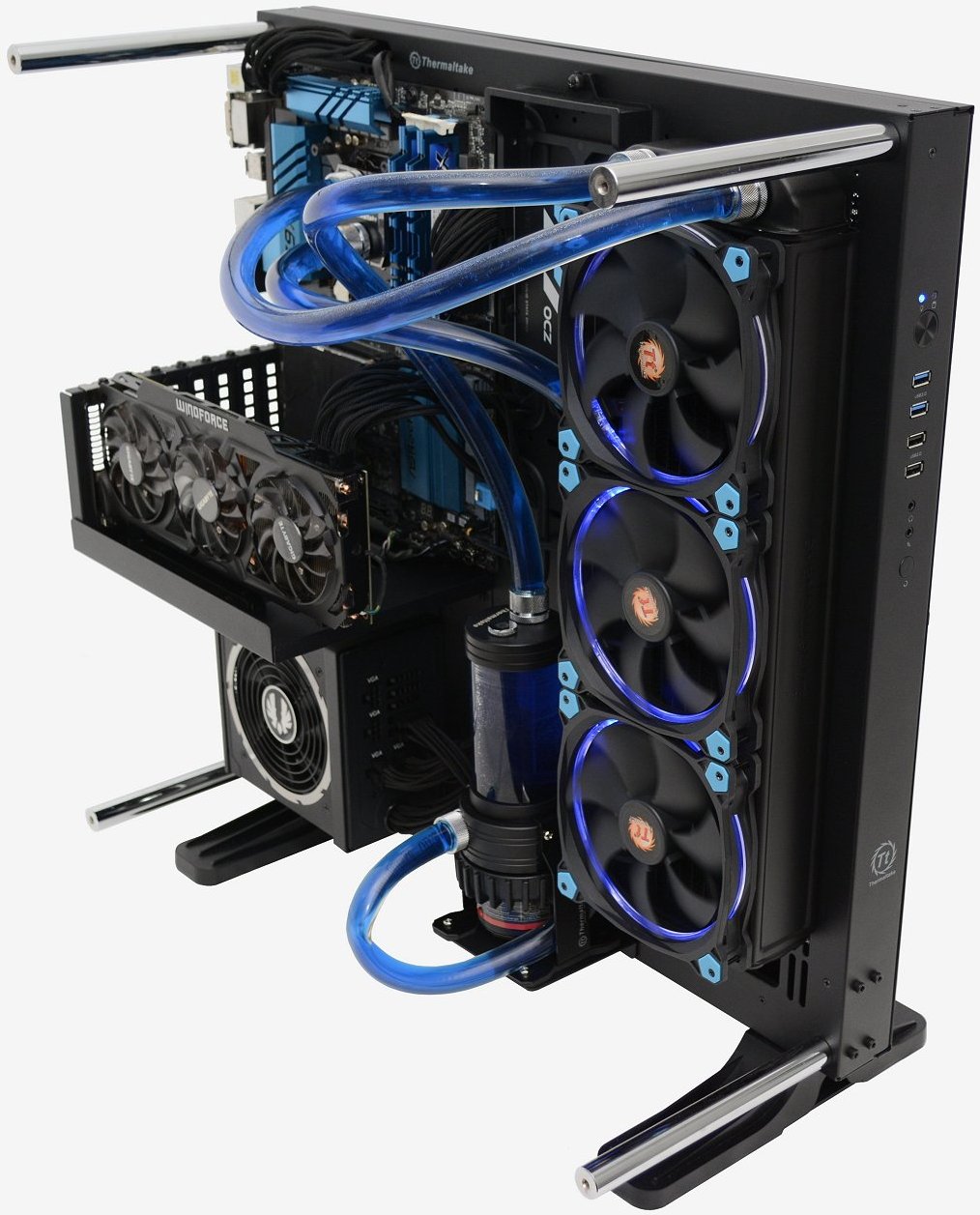
Adding additional fans to the top of your case ensures that heat generated by your GPU is removed from the case efficiently. It also lowers air temperature inside of your case keeping other components, such as your CPU and memory, much cooler.
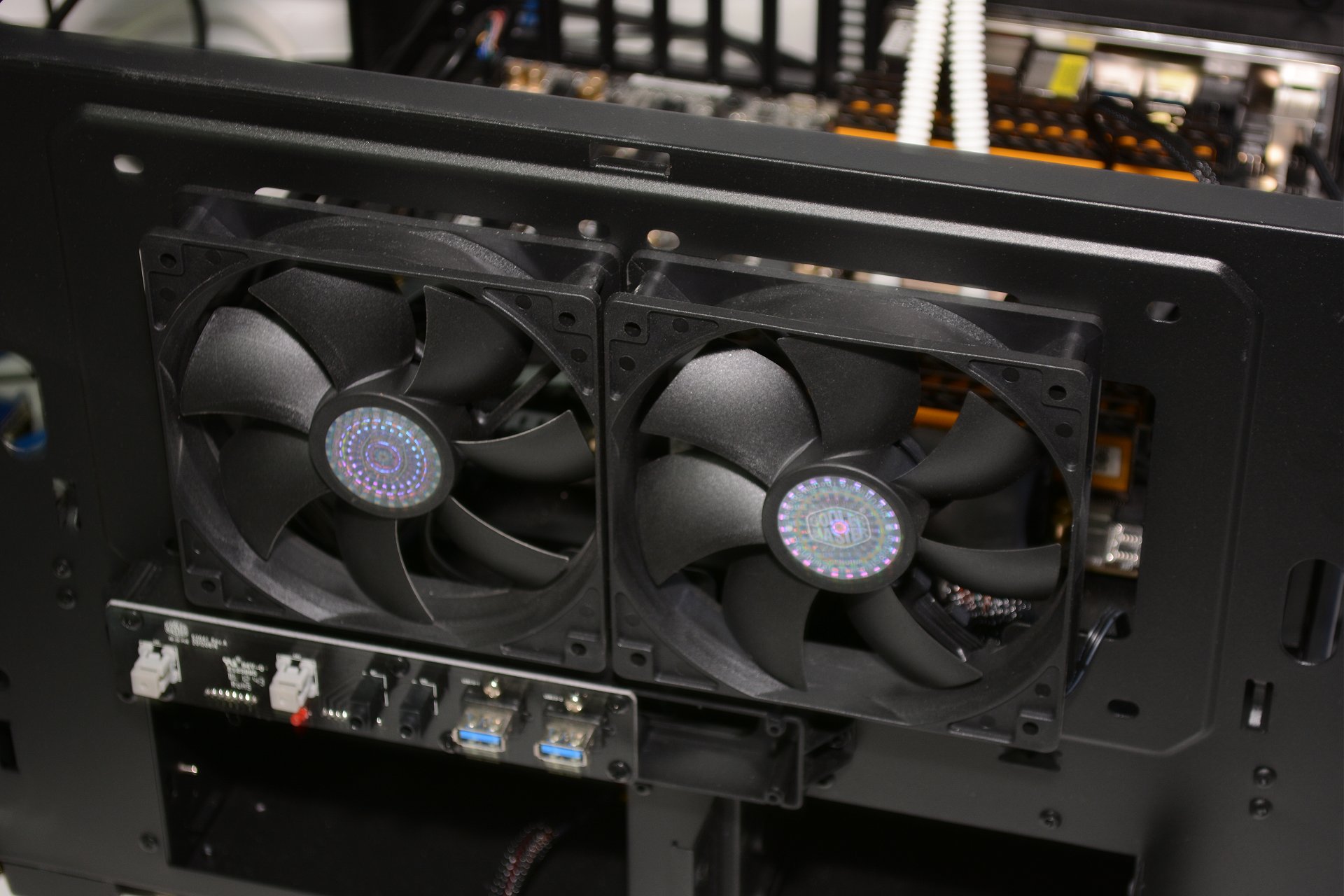
The brand of graphics card you choose may come down to personal preference, but the cooling solution it uses is an important decision. Reference designs---which are blower-type fans---typically use a single fan to keep the card cool. Cool air is drawn through the rear of the graphics card and exhausted out of the end with the connectors. This design is efficient but the single fan holds back performance.
When choosing a graphics card, it's often ideal to pick one with a multi-fan cooling solution. The additional fans---sometimes as many as three---provide enough airflow to significantly reduce or even eliminate throttling. It should be noted that your case needs to provide enough airflow to handle the hot air pumped out by these types of graphics cards as their coolers do not directly remove the heat from the case.
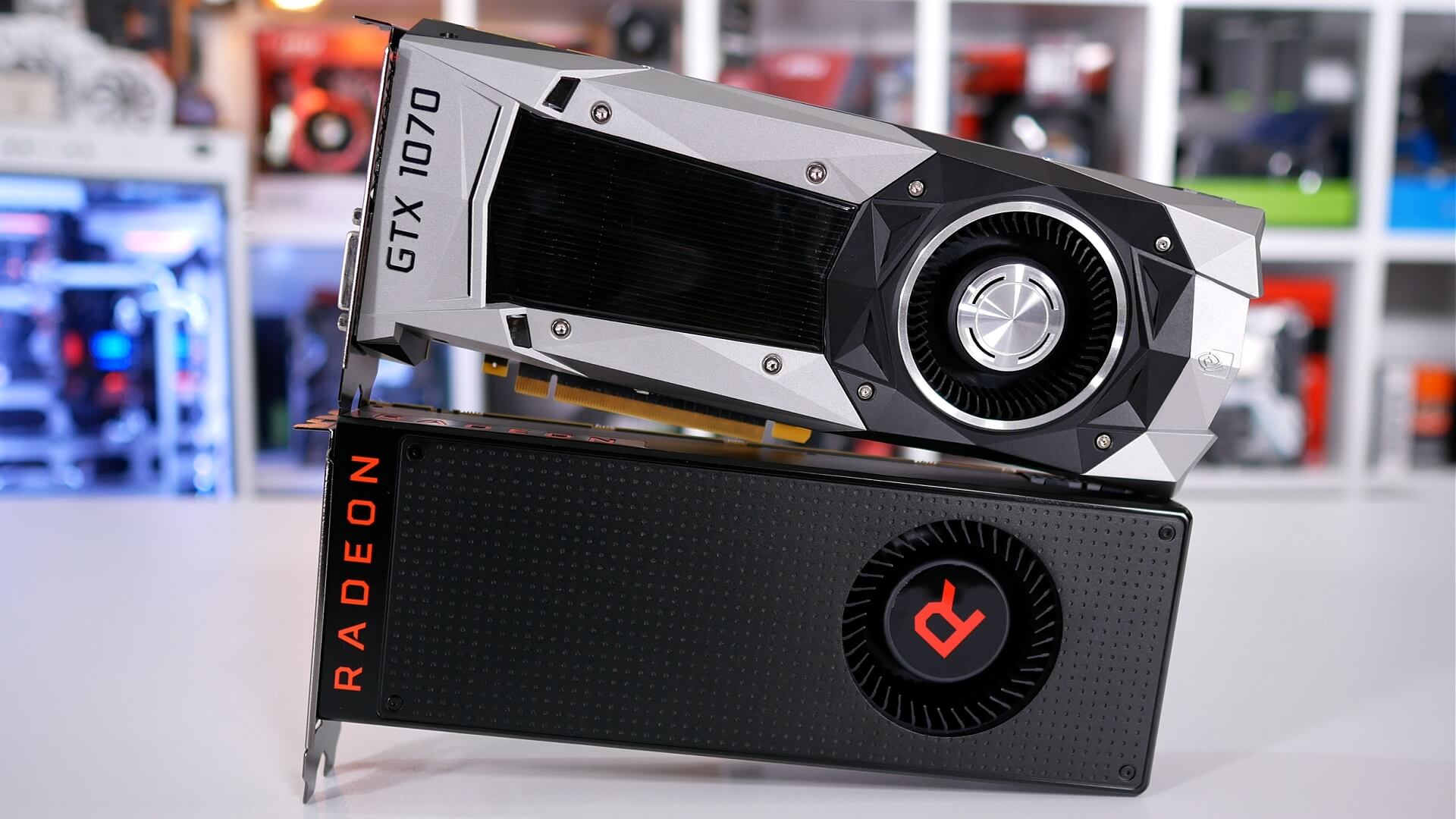
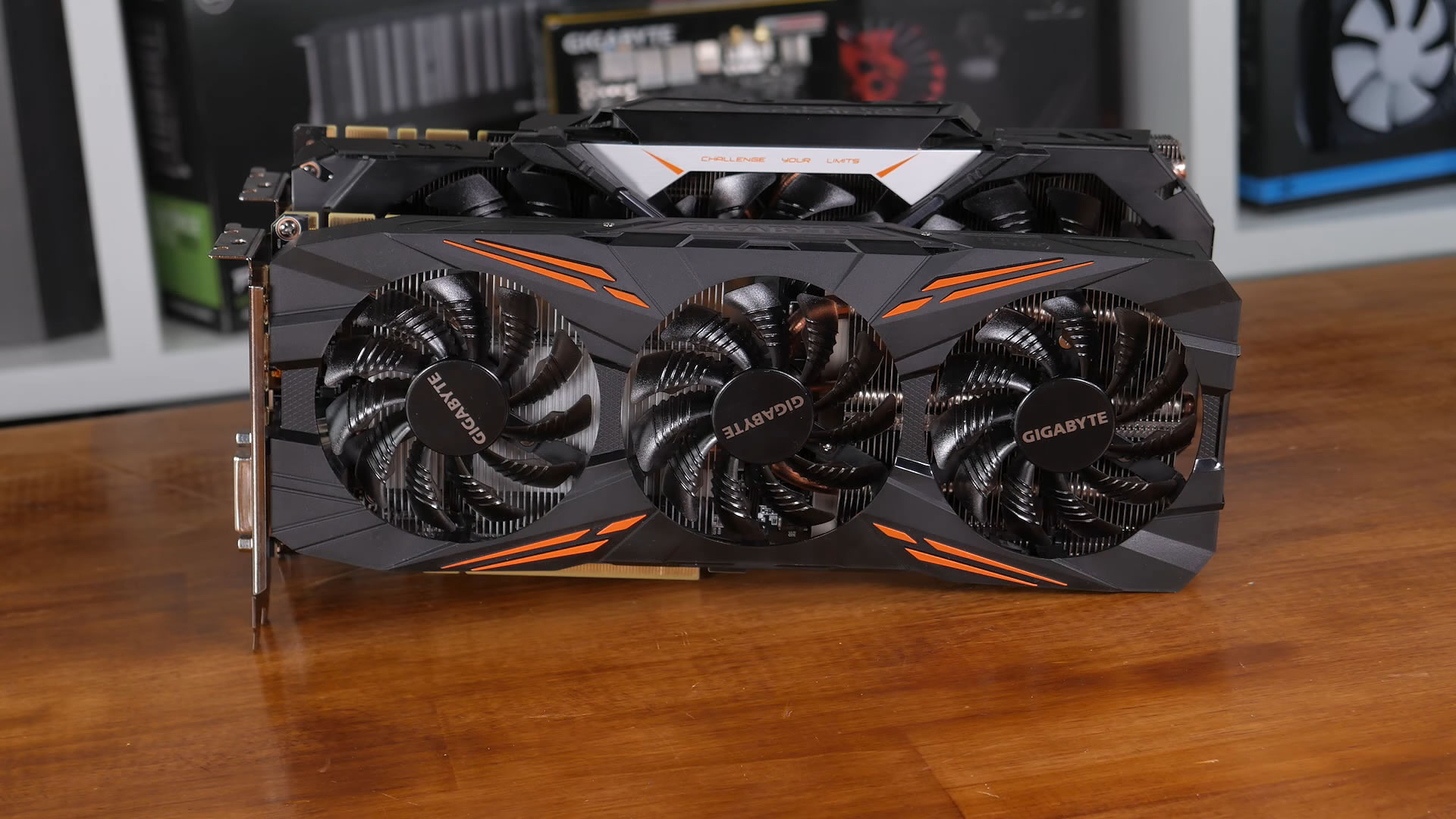
If changing or adding hardware is not an option, you can still reduce temperatures using freely available tools.
With utilities like MSI's Afterburner or EVGA's PrecisionX, a custom fan curve can be configured. By setting the fan curve manually, you can set the fan speed for a given temperature to something a bit more aggressive. From the factory, the fan speeds are optimized to strike a balance between noise and performance. With reference cards, this balance often leans more towards noise suppression and can lead to thermal throttling.
Noise levels will increase, perhaps significantly, but your GPU will be able dissipate heat much faster and maintain performance.
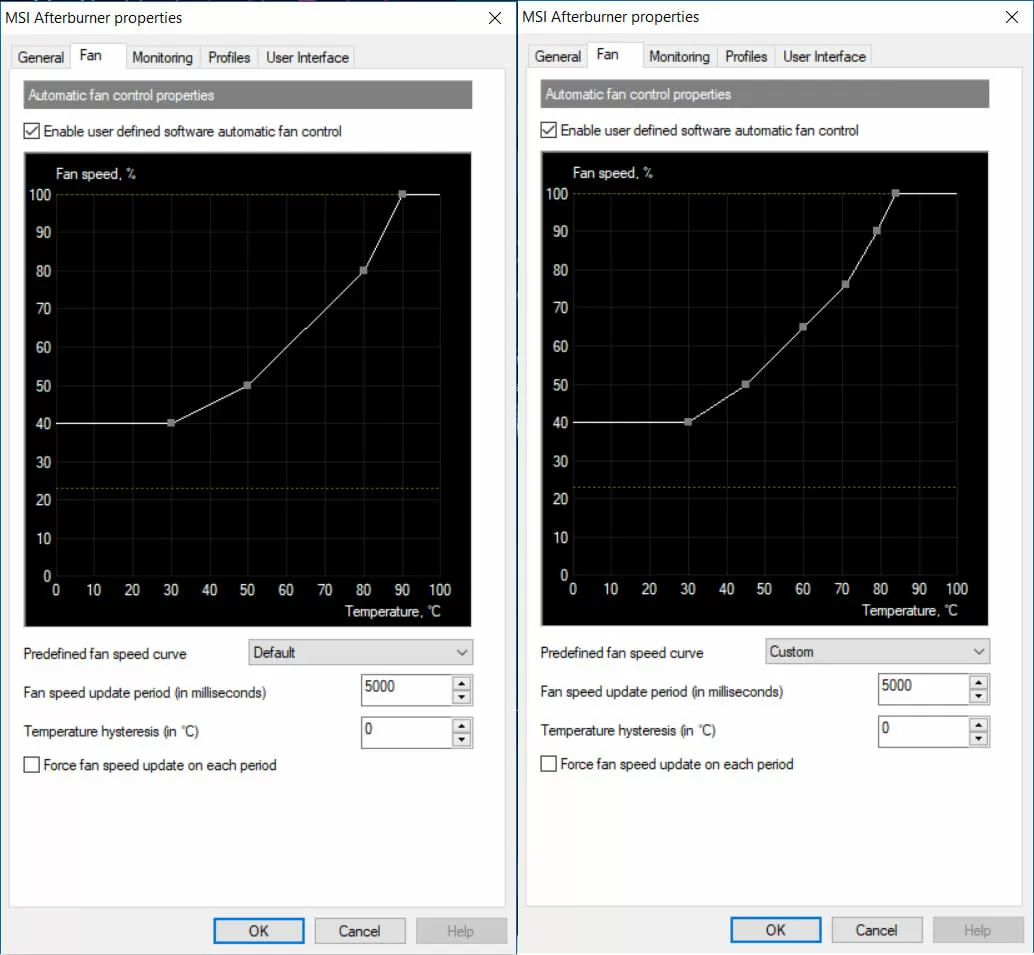
Default Left, Custom Right
If the additional fan noise is too much to handle, there is one more solution to your thermal throttling woes: undervolting.
Sometimes the amount of voltage your card uses is set higher than it needs to be to allow your card to function correctly. Running at a higher voltage generates more heat even if the clock and memory speed remain the same. Undervolting your graphics card by even a small amount can lower temperatures enough to reduce or even eliminate thermal throttling. However, this isn't a guaranteed solution and can cause stability issues. For most users, we recommend a combination of better cooling in conjunction with fan-curve adjustments.
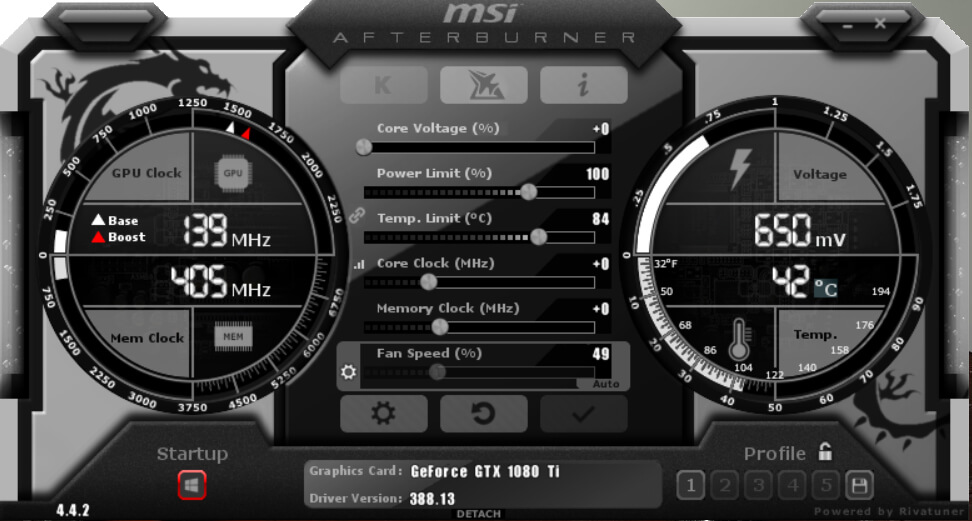
Most monitoring tools are capable of more than just controlling GPU fans and altering voltage. They also monitor temperatures, core and memory frequencies, along with GPU usage. Most of them also offer at least basic overclocking capability. This is important because your can't prevent something that you can't see.
Monitoring your GPU's temperature, along with core and memory frequencies, allows you to determine when you're experiencing throttling. It's important to note that there are a few things to look for before you need to break out the utilities. If you are experiencing stuttering or notice a visible drop in frame rate, it's likely that your video card has slowed down to shed heat. If you haven't altered your video card's fan curve and the fan is starting to sound like a jet engine, there is a good chance you've hit the throttling point. You can then confirm this with the tool of your choice.
If your temperature exceeds your graphics card's throttling point and your frequencies start to drop, you know it's time to look at your cooling. Ideally you want temperatures to be as low as possible, anything below 80 degrees is normal and should keep throttling in check. Nvidia's GTX 1080 Ti, for example, has a throttling point of 84 degrees. If you keep the temperature below 80 degrees you leave yourself with a bit of breathing room, so you can focus on having fun instead of monitoring GPU frequencies.
It's important to remember that every graphics card has a different throttling point. The previous-gen GTX 980 and 970, for example, throttle at 80 degrees, while AMD's Vega series cards can reach a maximum temperature of 85 degrees before they throttle. You will need to find out the throttling point for your specific card in order to set an effective fan curve and voltage.
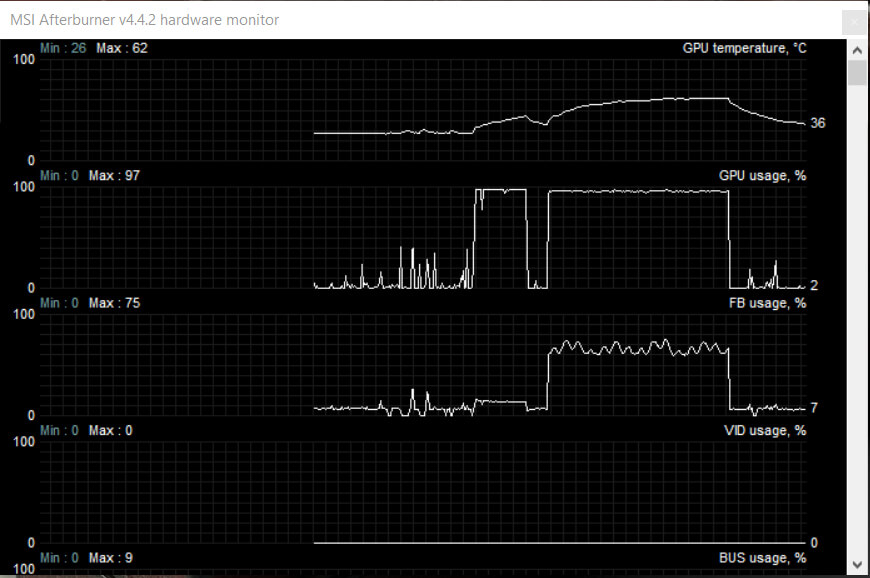
When deciding which utility to use, it's important to consider the scope of what you are going to be monitoring. If you are going to focus on your graphics card, then I recommend MSI's Afterburner or Asus Tweak. Either of these tools will provide all the monitoring and configuration options you could possibly need, including overclocking.
If you want to monitor your whole system, you'll need to look at something else, such as NZXT's Cam software. While Cam does monitor your entire system, it doesn't offer as many options for tweaking your graphics card. It doesn't hurt to install more than one utility to get a wider range of monitoring features.
 NYT Strands hints, answers for April 26
NYT Strands hints, answers for April 26
 Treat yo' kids: 'Parks and Recreation' children's book is here
Treat yo' kids: 'Parks and Recreation' children's book is here
 Facebook bans QAnon...but can it keep up with the conspiracy theory?
Facebook bans QAnon...but can it keep up with the conspiracy theory?
 Florida's voter registration website failed miserably on night of deadline
Florida's voter registration website failed miserably on night of deadline
 The COVID crash: Why 150 million people could enter extreme poverty by 2022
The COVID crash: Why 150 million people could enter extreme poverty by 2022
 Donald Trump, famous for firing people on TV, is actually terrible at firing people
Donald Trump, famous for firing people on TV, is actually terrible at firing people
 Who's behind these controversial yard signs in front of the White House?
Who's behind these controversial yard signs in front of the White House?
 Best headphone deal: Take 22% off the Sonos Ace at Amazon
Best headphone deal: Take 22% off the Sonos Ace at Amazon
 Michelle Obama shared the sweetest throwback Instagram for her mother's birthday
Michelle Obama shared the sweetest throwback Instagram for her mother's birthday
 Wordle today: The answer and hints for April 14, 2025
Wordle today: The answer and hints for April 14, 2025
 Donald Trump, famous for firing people on TV, is actually terrible at firing people
Donald Trump, famous for firing people on TV, is actually terrible at firing people
 You definitely can't buy this Harry Potter
You definitely can't buy this Harry Potter
 Doctor takes a break from giving birth to deliver another baby
Doctor takes a break from giving birth to deliver another baby
 The Amazon Book Sale is coming April 23 through 28
The Amazon Book Sale is coming April 23 through 28
 Netflix Gift Guide 2020: Best gifts to buy for your friend
Netflix Gift Guide 2020: Best gifts to buy for your friend
 Ivanka learned about her dad's transgender military ban just like the rest of us — on Twitter
Ivanka learned about her dad's transgender military ban just like the rest of us — on Twitter
 Florida online voter registration deadline extended after website crash
Florida online voter registration deadline extended after website crash
 Trump signs AI education order to train K
Trump signs AI education order to train K
 14 best tweets of the week, including a Jokerfied Watto, smack barm, and pey wet
14 best tweets of the week, including a Jokerfied Watto, smack barm, and pey wet
Coronavirus delays John Krasinski's 'A Quiet Place: Part 2'Twitter promoted an edit feature that's not really an edit featureOrlando promises the future of selfNetflix's 'On My Block' Season 3 finale: Why the show should end nowAMC, Regal cut down theater attendance because of coronavirusApple's affordable new iPhone probably won't be launched in MarchFreshen up your WFH digs with World Market’s 30% off furniture saleSomehow, Fox News and Donald Trump come out on top of the Bill O'Reilly fiascoCoronavirus fears mean fewer riders for Uber trips and public transitWebsite that helps you plan for death finds success with millennialsThe 2 most viral giraffe mothers on the internet meet and create glorious photosBill Gates has some surprising technology restrictions for his kidsIt looks more likely that Apple will cancel WWDCBravo's 'Family Karma' is an addictive and too real reality showThis cyclone is soaking Southern California with welcome rainGatsbying is the newest and fanciest way to catch your crush's attentionBravo's 'Family Karma' is an addictive and too real reality show'Animal Crossing: New Horizons' review: The best cure for stressPowerbeats 4 launch just in time to spice up your quarantine workoutsTesla has produced one million cars Rules for Consciousness in Mammals: On Clarice Lispector Jaime Davidovich’s Pioneering Television Art Booze in the USSR: Soviet Anti Domenico Zindato’s Vibrant Works on Paper, Made from a Oaxacan Book In “Denis the Pirate,” Denis Johnson Goes for Swashbuckling Reimagining Doestoevky’s “White Nights” As a Building Now Online: Our Interviews with Claudia Rankine and Alasdair Gray Three Bite Surface Noise: What We’ve Lost in the Transition to Digital Mary McCarthy Speaks The Art of Deodorant Design Gustav Wunderwald Painted the Quieter Side of Weimar Berlin New and Novel Uses for Paper 10 Tech Products That Are Next to Impossible to Repair Rose Gold: Sara Cwynar on Consumers and Desire A Memoir of Life at a Moving Company Staff Picks: Proust, Sheepdogs, Lydia Davis, and More The Storied History of Fake News About Agatha Christie Literary Architecture by Sadie Stein Anelise Chen: Delighting in the Mollusks of Art History